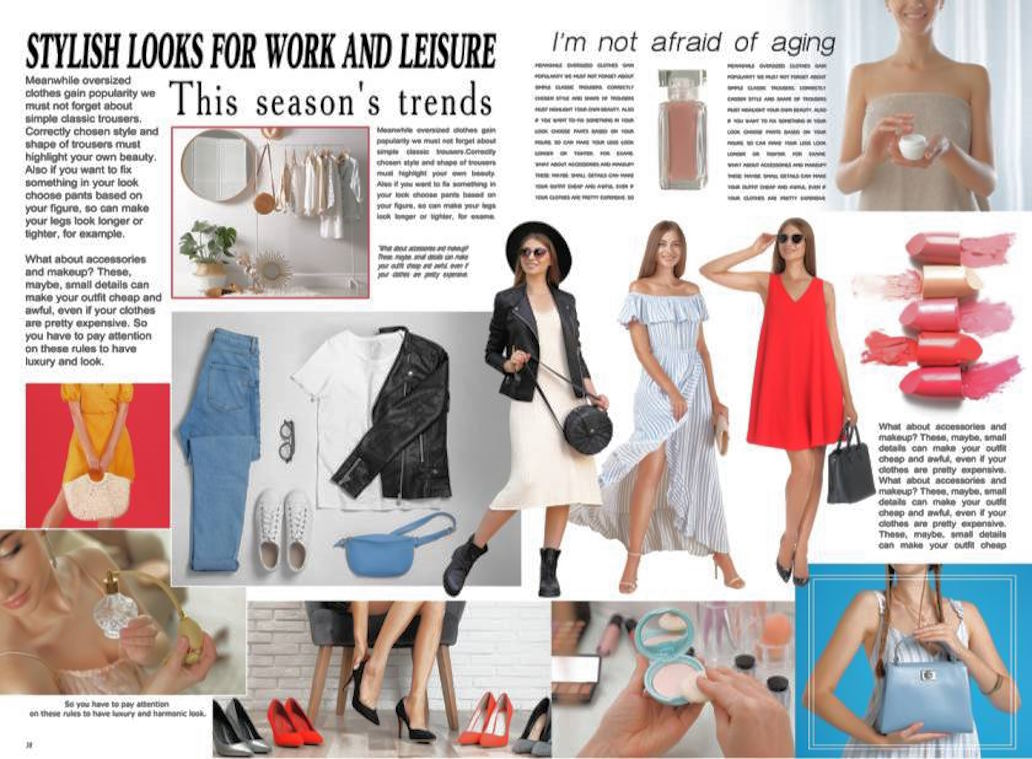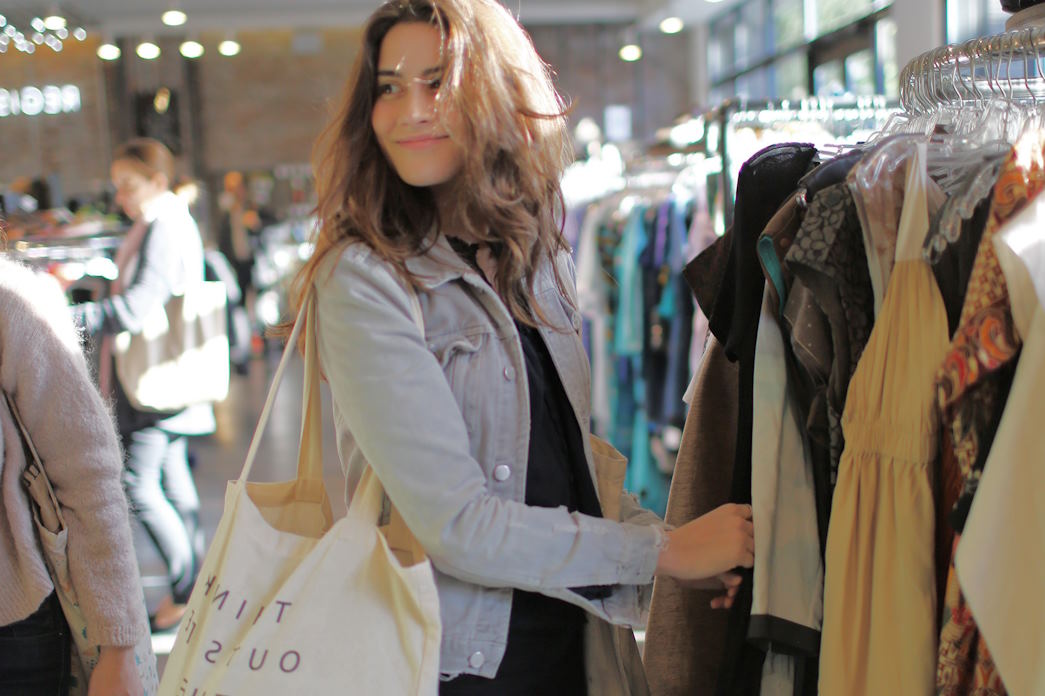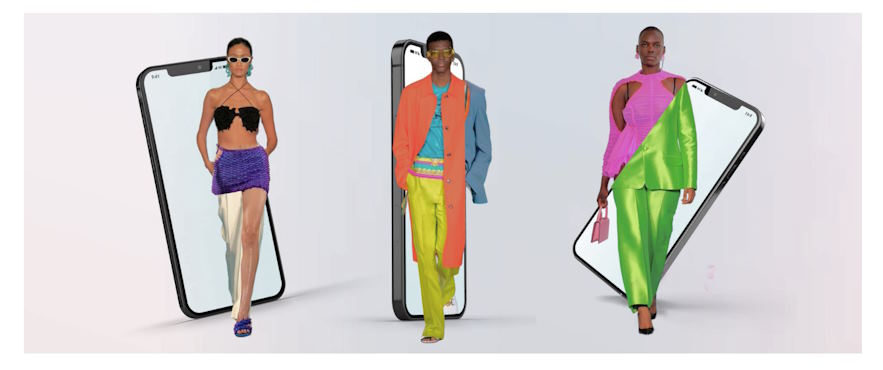
The intersection of technology and fashion has always been a harbinger of innovation, reshaping the industry’s landscape with each stride forward. In recent years, two such advancements—3D printing and virtual try-ons—have emerged as transformative forces, ushering in a new era of creativity, efficiency, and consumer engagement. While 3D printing revolutionizes the production process by offering unparalleled customization and sustainability, virtual try-ons enhance the retail experience, allowing shoppers to visualize garments in a digital space before making a purchase. Together, these technologies are challenging traditional norms and propelling the fashion world into uncharted territory.
3D Printing: Redefining Production Processes
Explanation of 3D printing technology:
3D printing, also known as additive manufacturing, is a revolutionary process that builds three-dimensional objects layer by layer from digital designs. Unlike traditional subtractive manufacturing methods that carve away material from a solid block, 3D printing adds material precisely where needed, resulting in minimal waste and maximum efficiency. This technology utilizes various materials such as plastics, metals, ceramics, and even biological substances, offering unparalleled versatility in manufacturing.
Advantages over traditional manufacturing methods:
Compared to traditional manufacturing methods, 3D printing offers several distinct advantages. One key benefit is its ability to produce highly intricate and complex designs with precision and consistency. This level of intricacy is often unattainable through traditional means, opening up new possibilities for creativity and innovation in fashion. Additionally, 3D printing enables rapid prototyping, allowing designers to quickly iterate and refine their designs without the need for expensive tooling or lengthy production timelines.
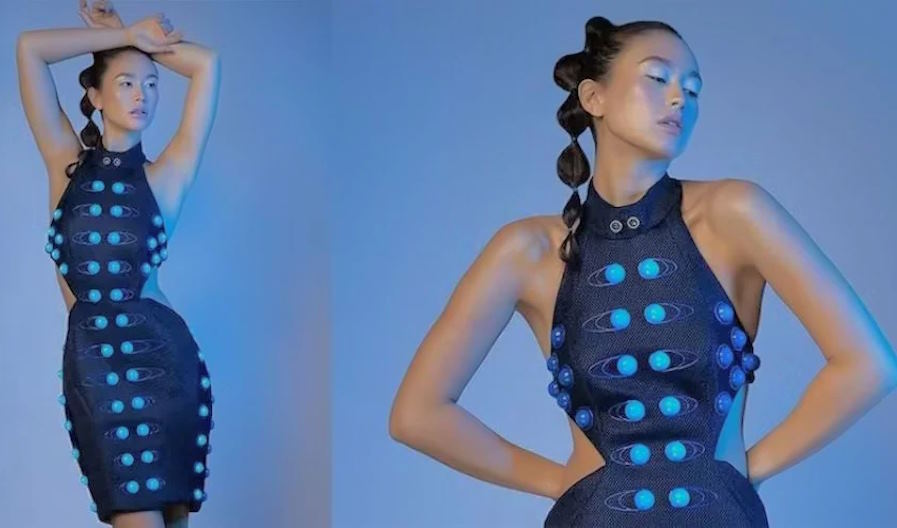
Virtual Try-Ons: Enhancing Consumer Experience
Definition and functionality of virtual try-on technology:
Virtual try-on technology utilizes augmented reality (AR) or virtual reality (VR) to allow consumers to digitally try on clothing and accessories in a virtual environment. By overlaying virtual garments onto a user’s live video feed or static image, virtual try-on technology simulates the experience of trying on clothing in a physical store. Users can interact with the virtual garments, adjusting fit, style, and color to find their perfect look.
Benefits for both consumers and brands:
Virtual try-ons offer a multitude of benefits for both consumers and brands. For consumers, the technology provides a convenient and immersive shopping experience, eliminating the need to visit physical stores and try on multiple items. It also reduces the uncertainty associated with online shopping, as users can visualize how a garment will look and fit before making a purchase. For brands, virtual try-ons enhance customer engagement and satisfaction, leading to increased conversion rates and brand loyalty. Additionally, the data collected from virtual try-ons can inform product development and marketing strategies, allowing brands to better cater to consumer preferences.
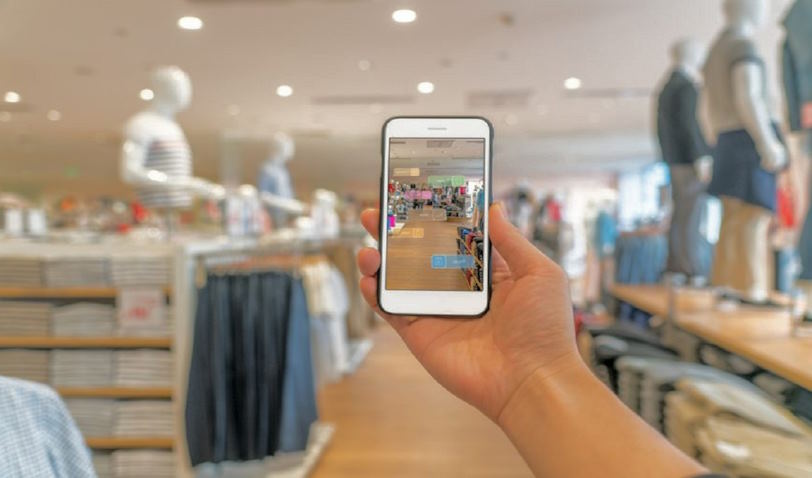
Implications for the Fashion Industry
Transformation of design, production, and retail processes:
The integration of 3D printing and virtual try-ons is reshaping every aspect of the fashion industry. Designers now have the freedom to create intricate, customized pieces that were once thought impossible, while production processes are becoming more efficient and sustainable. Retailers are leveraging virtual try-ons to bridge the gap between online and offline shopping, offering consumers a seamless experience from browsing to purchase.
Influence on consumer behavior and expectations:
With the rise of 3D printing and virtual try-ons, consumers are demanding more personalized and immersive shopping experiences. They expect brands to offer customization options and virtual try-on features, allowing them to visualize products before making a purchase. This shift in consumer behavior is driving brands to innovate and adapt to meet the evolving needs of their customers.

